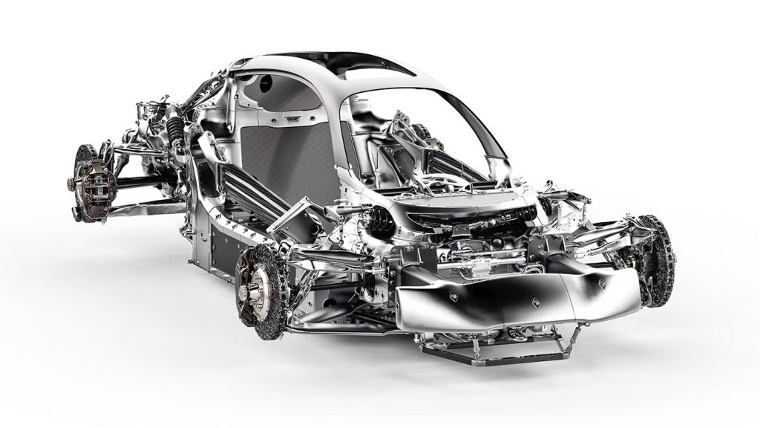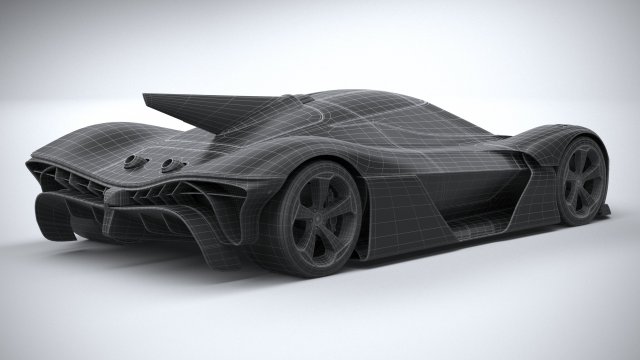The rise of3D printing is transforming the automotive sector, and iconic brands like Bugatti And Czinger understood it. By integrating this cutting-edge technology, they are redefining the way they design their hypercars, offering bold designs, unparalleled lightness and unprecedented precision. Thanks to innovative processes that enable organic shapes and optimized structures, these manufacturers are taking a giant step into the future, making extreme performance possible while pushing the limits of imagination.
In the world ofluxury automobile, brands such as Bugatti And Czinger kiss the3D printing to revolutionize the design of their hypercars. This technology allows the creation of parts with shapes organic And complex, impossible to achieve by traditional methods. Thanks to the3D printing, manufacturers can produce lighter components, while optimizing the geometry for increased performance. In addition, this method offers a flexibility unrivaled in the design process, while reducing production times. Bugatti, with its model Whirlwind, notably benefited from a 30% lighter suspension, while Czinger combines 3D printing and artificial intelligence for unique and powerful designs. This innovative approach is attracting more and more manufacturers who seek to combine performance And innovation.

Used to design performance parts, the3D printing revolutionized the automobile industry. Taking Bugatti’s Tourbillon model as an example, which develops no less than 1,800 horsepower, this technology makes it possible to create lightweight components while guaranteeing their robustness. The suspension of this racing car was designed with organic shapes inspired by nature, highlighting the engineers’ intention to combine aesthetics and functionality. Thus, 3D printing technology offers endless possibilities, giving rise to designs that traditional manufacturing would have deemed impossible.
Table of Contents
TogglePerformance gains through innovation
The 3D printing method, in particular the powder bed fusion, involves the use of a powerful laser to fuse metal into a finished product. This technique makes it possible to create parts with complex shapes, offering considerable weight savings and thus optimizing vehicle performance. For example, the Bugatti’s suspension was made 30% lighter than the best foundry processes. Czinger, another player in the sector, is also using this technology to maximize the performance of its 21C hypercar. These innovations in automotive design are leading brands to review their approach to taking advantage of 3D printing.
A paradigm shift for automobile production
Big names like General Motors or Porsche are now exploring the advantages of3D printing. When GM was forced to modify a part of the Chevrolet Tahoe, it printed 60,000 parts in just five weeks instead of waiting months. This changes the way manufacturers think about their production line, enabling rapid, personalized adjustments. Meanwhile, Porsche has demonstrated weight savings for pistons that increase the power of their vehicles, illustrating how 3D printing can influence not only production, but also performance through careful adjustments.
















